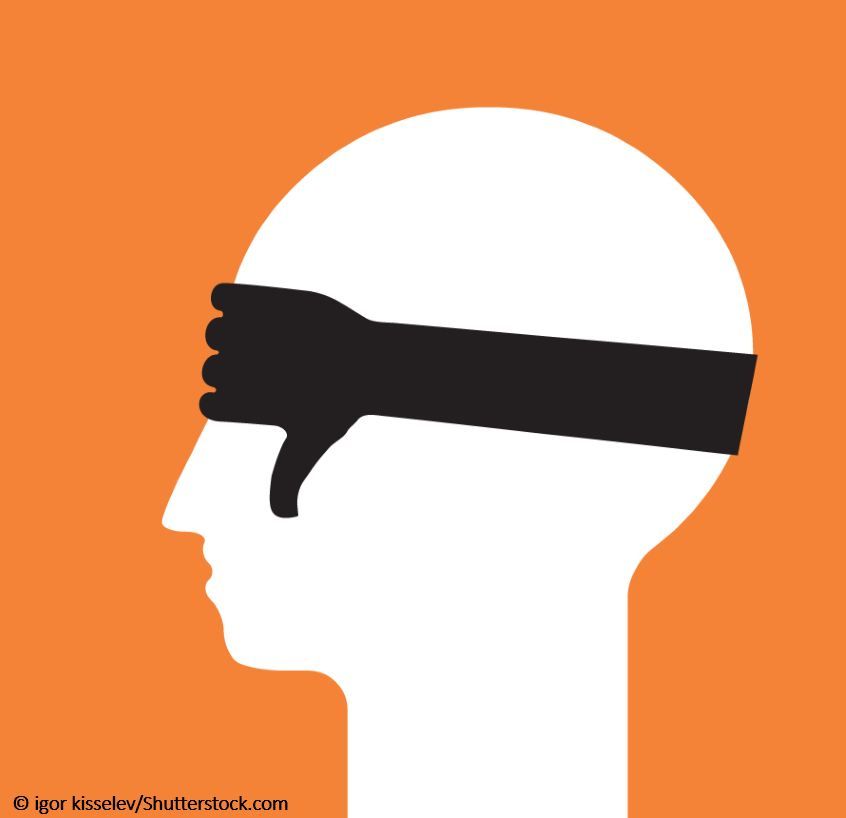Article
DSM-5 and Practical Consequences
Author(s):
Last week, I had a brief, but heated debate with a friend who is on the DSM-5 Task Force. He is strongly supporting a proposed new diagnosis for DSM-5 that I oppose just as strongly.
Last week, I had a brief, but heated debate with a friend who is on the DSM-5 Task Force. He is strongly supporting a proposed new diagnosis for DSM-5 that I oppose just as strongly. Surprisingly, I think we agree completely on the facts, but then disagree completely on how they should be interpreted and acted upon.
Here are the facts upon which we agree:
1. The available scientific literature, though quite limited, does confirm that potential patients do exist who would meet the suggested criteria for this disorder.
2. Existing studies suggest a rate of at least 5% of the proposed diagnosis in the general population.
3. The rate could conceivably double (or more) if the diagnosis becomes official, is widely used in primary care, and is targeted by drug company marketing.
4. There is no treatment with proven efficacy, but some people currently not diagnosed might benefit from existing treatment.
5. If included, the diagnosis will likely cause extensive false positive diagnosis of normals who will often receive unnecessary and potentially harmful and expensive treatment.
I consider these facts and conclude that:
1. It is premature to include this diagnosis until much more research is available on its rate in the general population, the rate of false positive diagnosis, whether treatment helps and what its risks are.
2. New diagnoses must prove their safety and efficacy, applying the same strict standards of evidentiary support that we would require before the introduction of a new drug (since the risks and benefits can be equivalent).
3. Patients not covered with a specific label can always be diagnosed and treated within the "Not Otherwise Specified" categories.
4. Practical consequences are crucial in deciding whether a change should be made. The presence of a (skimpy) scientific literature indicating that patients with the proposed disorder can be found is insufficient to support its inclusion.
5. The default position is a "do no harm" conservative noninclusion. Any change in DSM-5 that can possibly be misused will very likely be misused-- this is the clearest lesson of DSM-IV.
6.The education on how to use DSM-5 will be dominated and twisted by drug company marketing.
My friend disagrees strongly, arguing that:
1. He knows from the literature and experience that such patients exist.
2. They need help.
3. It is irrelevant to his task to consider whether the inclusion of the proposed diagnosis in DSM-5 may lead to overdiagnosis and overtreatment. His job is simply to evaluate the available science.
4) Any potential misuse of DSM- 5 is not his worry. It should be solved by education of mental health clinicians.
You decide which approach makes more sense. It seems clear to me that pragmatic concerns for patient welfare always trump "science," especially since the "science" underpinning psychiatric diagnosis is so thin and subject to alternative interpretations.
A much fuller discussion of this tension between science vs pragmatics can be found in an extremely interesting issue of the Journal for the Advancement of Philosophy and Psychiatry (that is devoted in its entirety to the conceptual issues that face psychiatric diagnosis). See particularly the commentaries by Drs Porter, Kinghorn, and Ghaemi, and my replies to them. The issue is available online at: http://alien.dowling.edu/~cperring/aapp/bulletin.htm





